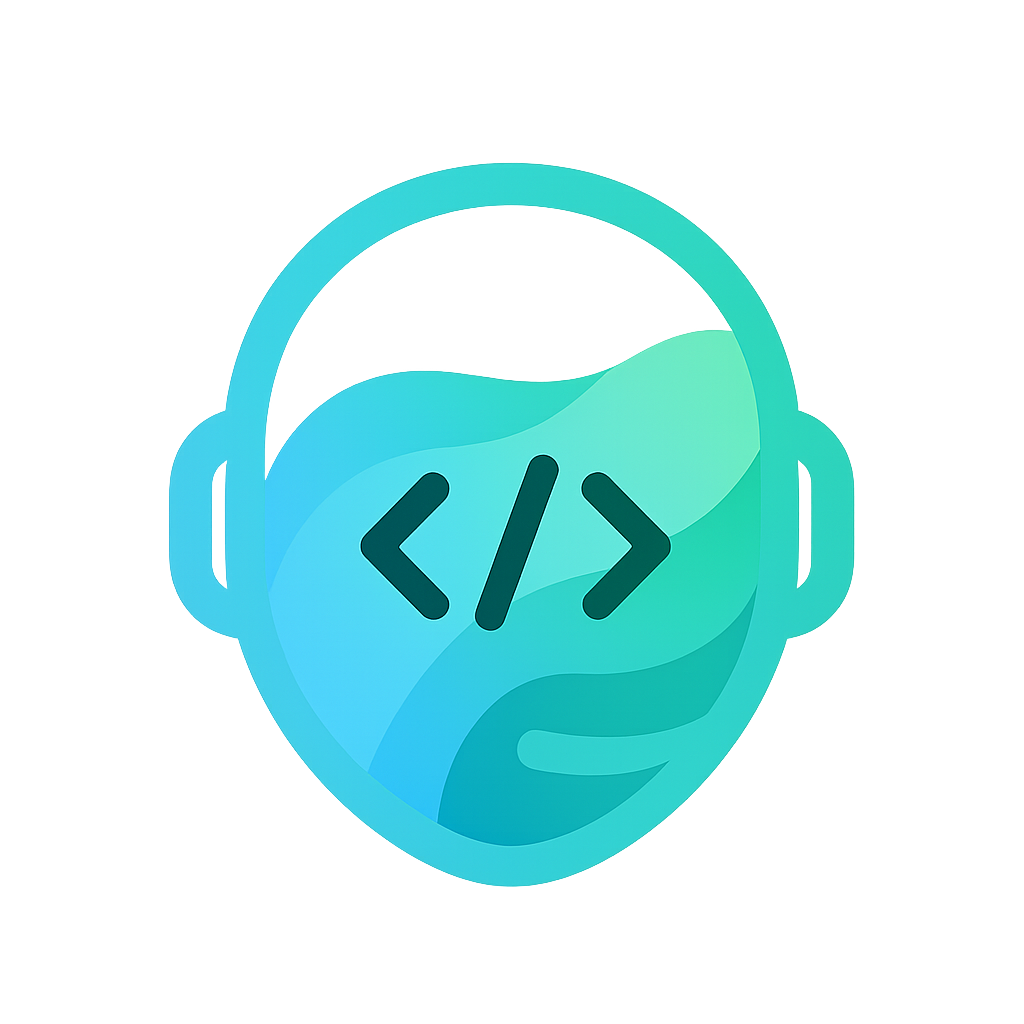How Context Nexus Works
Context Nexus is an in-editor AI co-pilot for Unreal Engine 5. It builds a structured model of your project—across C++ and Blueprints—so the AI can answer architectural questions accurately and efficiently.
1) Global Analysis (Deep Scan)
We parse your C++ target (headers + sources) and all Blueprint assets to produce a project knowledge graph: types, functions, variables, call sites, event flows, and cross-references between C++ and Blueprints.
C++: Clang AST (Planned/Rolling Out)
We generate compile_commands.json and run a sidecar helper with Clang AST for compiler-grade parsing. We extract classes, functions (with bodies), UFUNCTION/UPROPERTY, parameters, templates, inheritance, UE macros, RPC qualifiers, and symbol references.
Blueprint: Blueprint Bridge (Shipping)
We traverse Blueprint graphs (nodes, pins, edges) programmatically. Ubergraph resolution follows event stubs (BeginPlay, ReceiveTick, RPC events) to real execution paths and emits a compact IR that preserves logic and dependencies.
2) Targeted Context (Selective Send)
You choose the precise files, functions, variables, or graphs relevant to your question. We build a minimal Targeted Context from the graph and send only that to your chosen AI provider—lower token cost, higher precision.
3) Answering Architectural Questions
Examples:
- “If I change
AMyActor::Tick, which Blueprints break?” - “Show everything that writes to
PlayerHealth.” - “Which BP calls end up invoking
StartMatch()on the GameMode?”
Under the hood, we traverse the merged C++/BP graph (calls, read/write, event, override, delegate bind, and more) to assemble the most relevant slice.
Why AST Beats Regex for AI Copilots in Unreal
TL;DR: Regex matches text; an AST understands code. With Unreal’s macro-heavy, template-rich C++, AST makes answers cheaper and more accurate.
1) Unreal C++ Isn’t Regular
Macros (UCLASS, UFUNCTION), templates (TArray, TMap), and RPC qualifiers trip up text scanning. AST parses what the compiler accepts.
2) Ground-Truth Symbols
AST yields exact declarations/definitions and real cross-TU references—no guesswork.
3) Token Budgets Love Precision
AST → precise dependencies → minimal context payload → lower cost, better answers.
4) Safety & Isolation
The AST runs in a sidecar process. Parse errors can’t crash the editor and produce actionable diagnostics.
5) Better Cross-Language Answers
AST (C++) + Blueprint Bridge (BP) = unified, typed graph for architecture-level questions.
Implementation Sketch
- Generate
compile_commands.jsonfrom UBT. - Launch the sidecar with Clang libs.
- Parse TUs → emit JSON (symbols, relations, references).
- Merge with Blueprint Bridge output → unified graph.
- Build Targeted Context for the user’s query → send to the AI.
How Context Nexus Links Blueprints to C++
Unreal games rarely live in only one world. Gameplay flows through Blueprint graphs and C++ APIs, macros, and reflected properties. Context Nexus builds a unified knowledge graph so the AI can reason across both—accurately.
1) Blueprint Bridge (Graph Truth)
- Traverses Event, Function, and Macro graphs (nodes, pins, edges).
- Ubergraph Resolution follows stubs like
BeginPlay,ReceiveTick, and RPC events to the actual execution path. - Normalizes control flow (branches, delays, timelines) to a compact IR the AI can reason about.
2) C++ Model (Compiler-Grade Truth)
- Parses headers & sources (planned/rolling out) via a Clang AST sidecar using your
compile_commands.json. - Extracts classes/structs, UFUNCTION/UPROPERTY metadata, overrides/inheritance, and call/reference sites.
- Handles UE macros, templates, RPC qualifiers, and build flags robustly.
3) The Bridge: Cross-Language Edges
- Maps Blueprint nodes like Call Function to target C++ symbols (by name + signature + reflection data).
- Creates edges for call, read/write, event, delegate bind, and cast.
- Result: one graph where the AI can answer “If I change this C++ function, which BPs break?” or “Where does
PlayerHealthget written?”
Why this beats regex
Regex matches text; AST and graph traversal understand code. That’s the difference between good guesses and grounded answers—with smaller payloads and lower token costs.
C++ (AST) ─────┐
├──► Unified Knowledge Graph ─► Targeted Context ─► AI Answer
Blueprints ────┘
